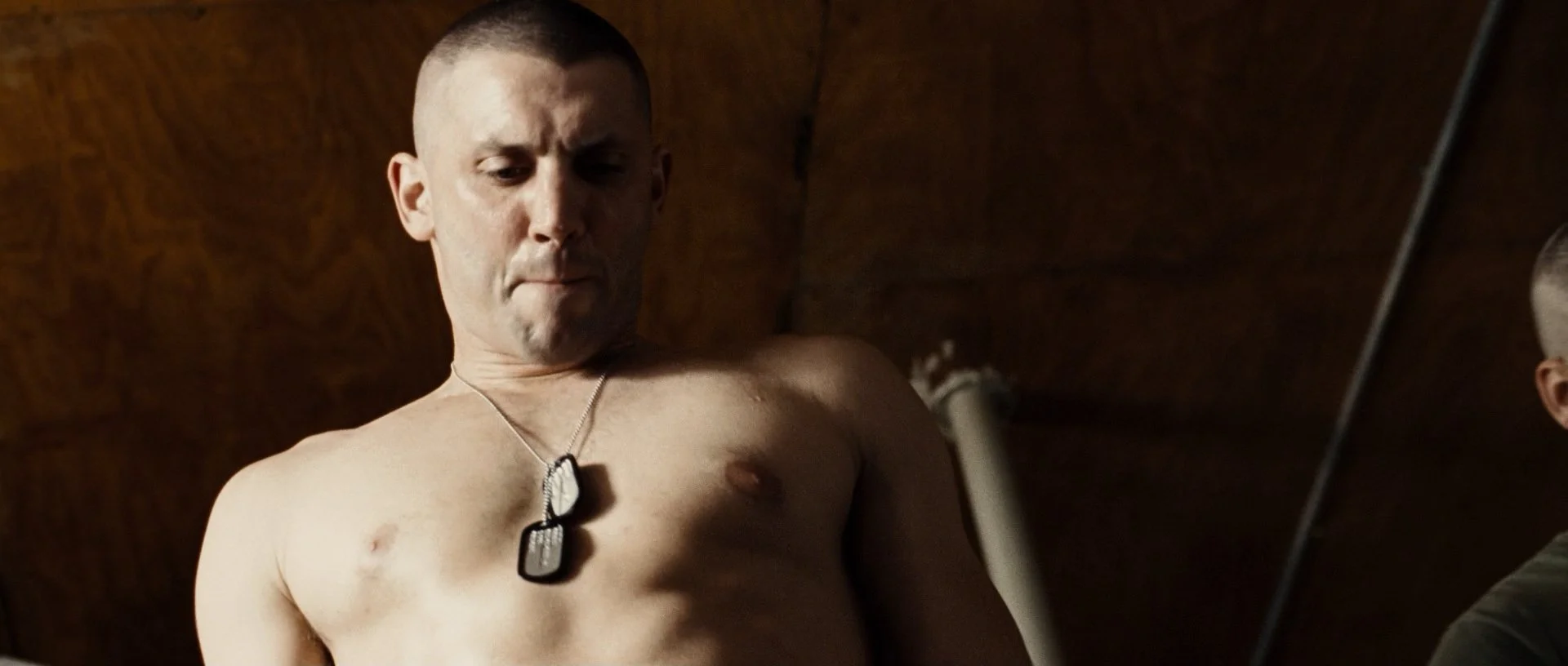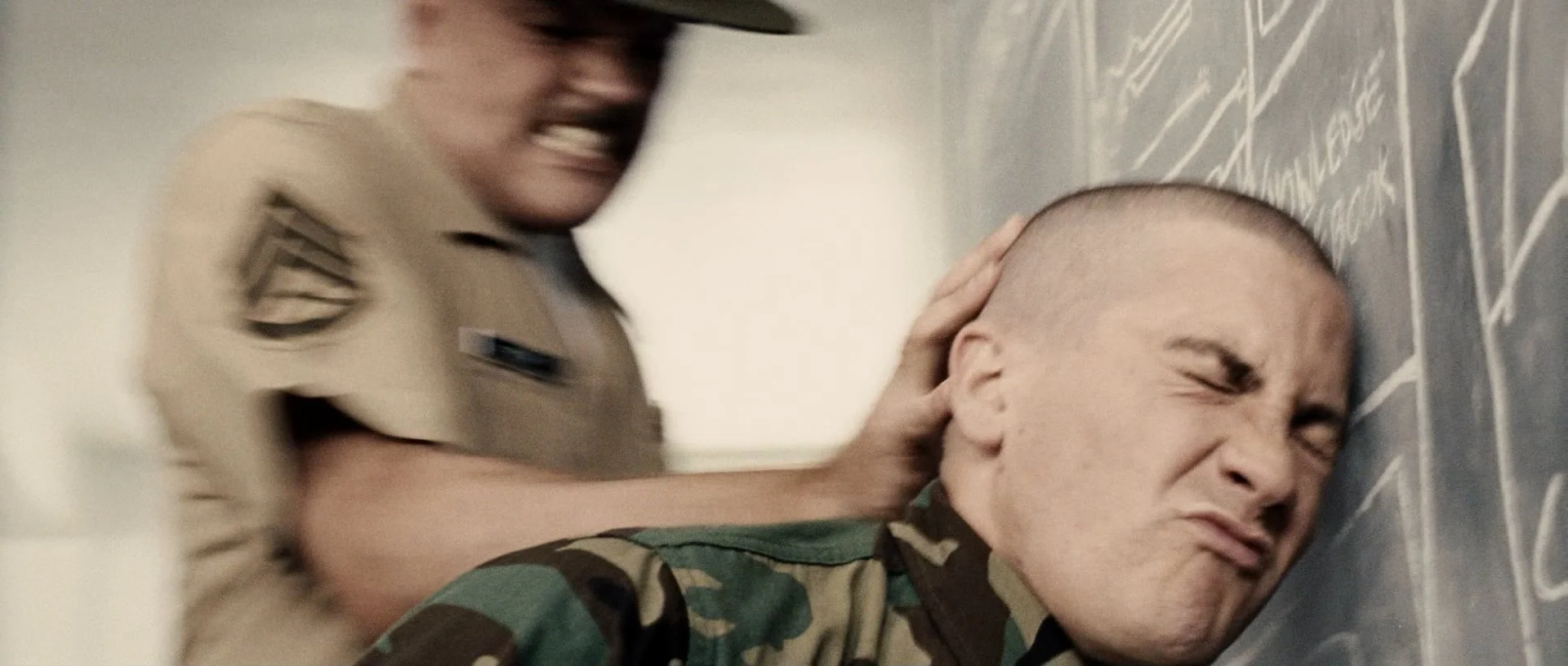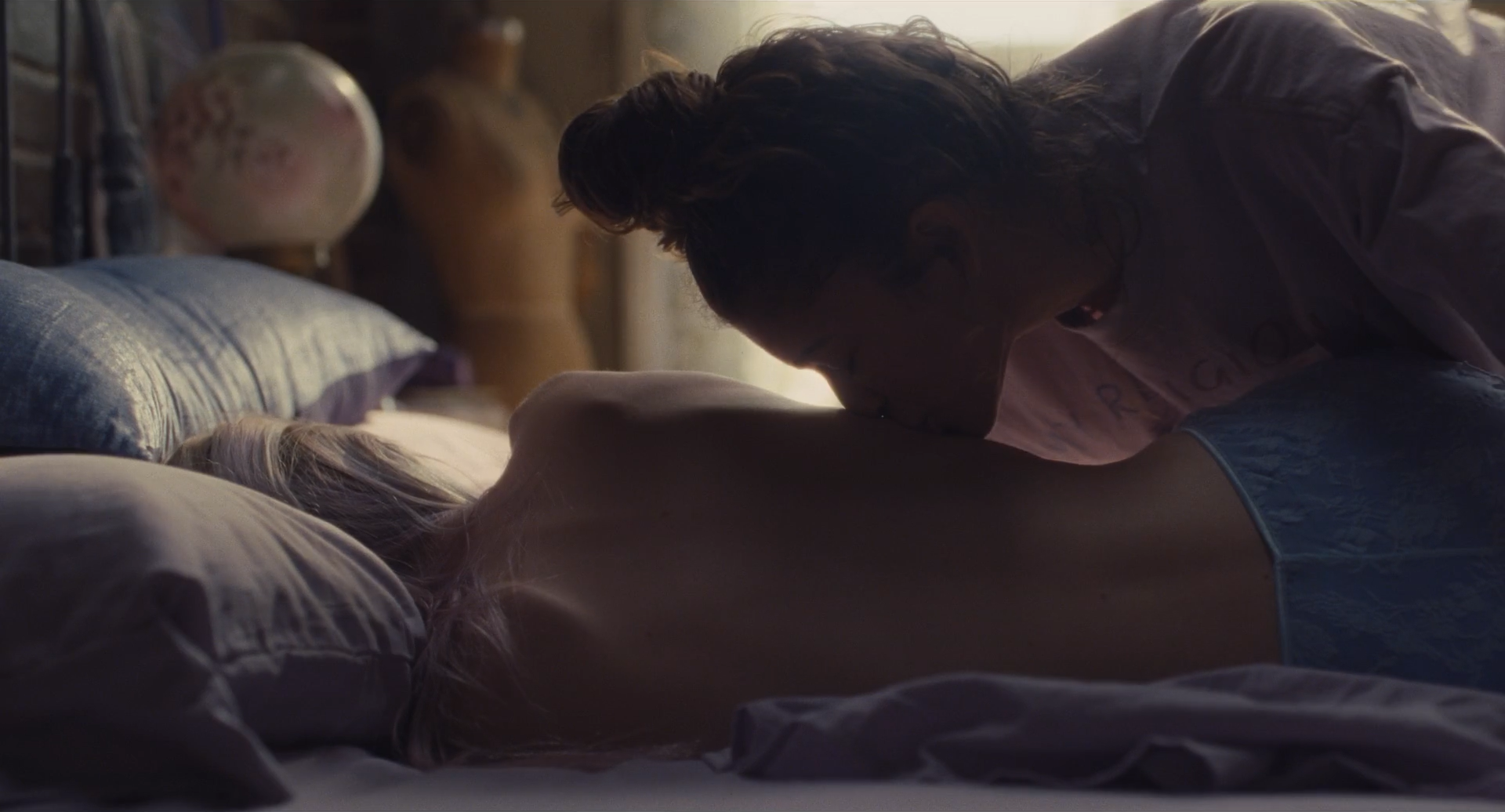PASSION
By Stephen Sondheim and James Lapine
Directed and Choreographed by Eamon Foley
This production of Passion sets the story within a modern aesthetic and uses contemporary dance as a prominent storytelling device.
This production of Passion sets the story within a modern aesthetic and uses contemporary dance as a prominent storytelling device.









In this production, dance mirrors the different loves expressed between Giorgio, Clara, and Fosca. What begins as beautiful, placed dance divulges into guttural, visceral movements as Giorgio and Clara’s love is bombarded by Fosca’s unbridled passion. The stirrings in Giorgio, the pull between these two women, are explored choreographically on a gradient scale between the conventional beauty of ballet to wild, experimental dance as Giorgio’s idea of what love and beauty look like are challenged.
Last year, director-choreographer Eamon Foley explored how dance could be incorporated into the musical Sunday in the Park with George, by integrating contemporary ballet into the storytelling. Unlike Sunday, there wouldn’t be a separate dance ensemble. The small ensemble of soldiers will sing the transitions, take on the flashback roles, and dance the stirrings within Giorgio.
Also, unlike Sunday, the choreography would be of a more organic and sensual quality. More human, like the choreography below.
Other examples of Foley’s choreography can be viewed above in “Group” and “The Numbers”.

What is actually going on when the Doctor claims Fosca has a “hysterical disease?” Fosca is in a male-dominated base camp where she is incredibly ill and she isn’t being listened to. The idea of not listening to science and not listening to women continues to pervade our society, and it is madness-inducing.
Our actors will be in contemporary military fatigues, and we will explore the text with a modern sensibility, to see how the themes of toxic masculinity feel more immediate. “Frattiness,” “the Good-ole-boys,” and other hyper-masculine, anti-intellectual cultural phoneme one would find in the military are an affront to Fosca and Giorgio’s sensitive nature, and reveal how isolated they feel on base.
The goal is to bring the audience closer to the language and the characters’ experience.




During “Happiness,” and other times when they are alone together, Clara and Giorgio indulge in cocaine and ecstasy. At the top of the show, during “Happiness”, we catch Clara and Giorgio in a drug-fueled sex marathon. Their passion for each other is somewhat chemically induced. Their relationship feels like “chemsex” in the sense that it exists on a plane too hot to maintain, and hinges on fantasy. Their passion is like a drug in that it is an intense, euphoric connection that crashes hard when they have to face reality.

“What seems real and vivid often turns out to be the opposite. For some, the drug promotes the sensation of a super-intense interpersonal connection. Many users describe this as deeper and more powerful than any they have experienced. The irony is that these “connections” ultimately disintegrate and leave the user feeling lonely, disappointed, and exploited.”
- Dr. David Faucet on Chemsex




So much of the action takes place around rectangular shaped furniture pieces, such as a bed, a table, or a billiards table. I think we can simplify the set by having a a big concrete slab in the center of the space to suggest all those furniture pieces, but also foreshadow a tomb for Fosca.

A curvaceous stage, with winding stairs and levels can play opposite the harsh corners of the tomb. The space wants to feel sexy, with plenty of exposed lighting instruments, but also foreboding. The concrete slab should be able to lift to different heights, sometimes disappearing entirely, and depending on the audience configuration, spin.



However, to counteract the brutality of concrete, the set will also feature a blooming tree bursting out of the concrete, determined to grow. Something beautiful that survives against all odds.
We will also include fabric puppetry to embody the hypnotic, overwhelming qualities of love and obsession. Fabric will flow and wash over the characters, drowning them like water or blowing over them like gusts of wind. The inspiration comes from Basil Twist’s The Rite of Spring.
The fabric will not only add an elemental quality to the environment, but will also take projection. I’d like to include imagery reminiscent of Rorschach Tests, flowers, and Fosca herself as she penetrates Giorgio’s mind.
